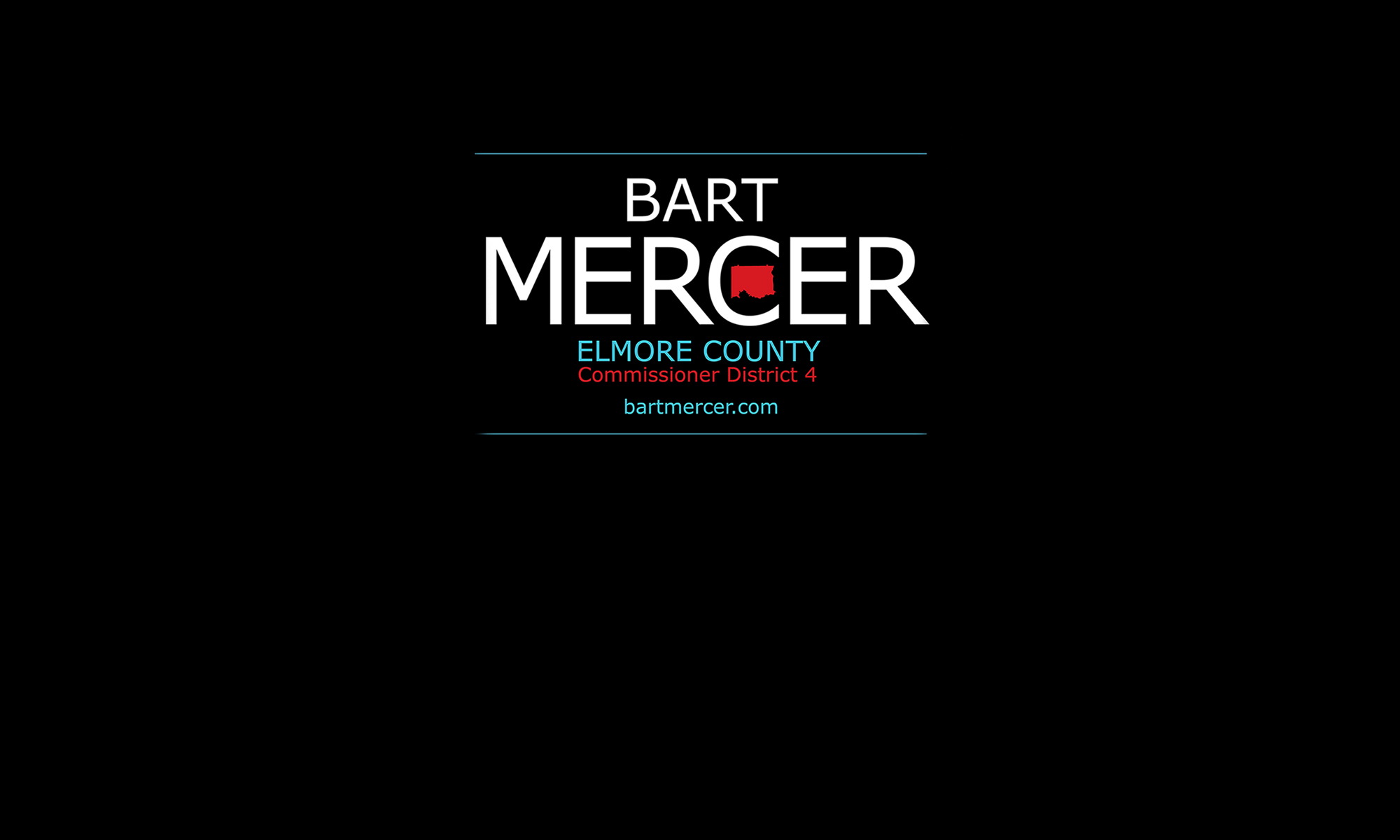Accurate Broadband Connectivity Data is Key to Promoting Investment in New Infrastructure
The Elmore County Commission continues to work closely with the Elmore County Economic Development Authority (ECEDA) on ways to best facilitate and encourage the deployment of broadband infrastructure in the underserved areas of Elmore County. There are two efforts currently underway in our county working towards solving the lack of connectivity. One being on a national level and the other more specific to Elmore County. Both efforts involve ensuring accurate broadband connectivity data is in place to assist in investment decisions on where new broadband infrastructure should be deployed.
Broadband infrastructure in Elmore County is owned by a business and is not a taxpayer payer owned asset. Expansion of broadband infrastructure in our county by these businesses is predicated on data indicating the presence of a sufficient potential revenue stream from new customers. This predicted revenue stream is compared against the capital investment required and operating costs to determine profitability.
One data source broadband providers consider when determining the number of potential new customers is the FCC connectivity coverage maps. Broadband and connectivity data is used by the FCC to create these coverage maps. The data is collected and reported to the FCC by the providers themselves. Two times per year providers submit to the FCC data reporting availability of access and coverage, the number of providers in an area, available internet speeds along with other information related to connectivity and broadband access. The Cable Act of 1996 mandates that the FCC encourage the deployment of broadband service by providers to all Americans on a reasonable and timely basis. If the FCC determines maps populated by this provider data shows broadband deployment into underserved areas is not taking place, the FCC is required to remove any barriers present in order to encourage infrastructure deployment in these underserved areas across the nation. Connectivity data shown on these coverage maps is displayed using 2010 Census Blocks maps. These FCC coverage maps are often inaccurate and inflated because the FCC takes this connectivity data submitted by the providers and allows the provider to consider a census block having full coverage even if the provider has service available in a small portion of the census block (Census Blocks are created from data collected when a census is performed every ten years and is how the population data is broken down into smaller identifiable areas within a larger area). Due to the fact this connectivity and coverage data compiled by providers for FCC maps often show broadband infrastructure and coverage in areas that actually have no coverage, it leaves many rural areas challenged to receive investment for new infrastructure since it appears they currently have access to broadband.
What can be done about the inaccurate maps?
Counties nationwide are dealing with this issue of inaccurate or incomplete data. In order to aid in the collection of more accurate connectivity data, the National Association of Counties (NACo) has been a part of creating the TestIT app. Released at the recent NACo Legislative Conference in Washington, DC, the app can be downloaded for iOS and Android devices. Once installed, the user can run a Speed Test that will evaluate the connection speed, provider and the location of where the test was performed. The app does not collect any personal data. Once the data is collected, the real-time location-based data is sent to a central data management center where it can be mapped. NACo is currently asking counties to help populate the data base with information that they hope to review and submit to the FCC later this fall. Citizens are encouraged to run speed tests in random areas of the county to help identify areas where connectivity and connection is overstated.
Local Planning Efforts
ECEDA is managing a county specific project aimed at increasing broadband opportunities in Elmore County as well. ECEDA has engaged a consultant that will produce a broadband connectivity/deployment report from data collected countywide. This report will identify the areas of the county that have no or limited access to broadband, explore currently available broadband infrastructure and expansion options, determine residential and business growth areas and needs, and identify potential service providers and operating models. The report will be based on Elmore County specific data and will provide accurate information that can be used as a tool to promote and recruit new broadband infrastructure investment in our county.
Elmore County is not alone in dealing with connectivity issues; it is a problem in many areas of the country. Not unlike the rural electricity grid deployment of the 1940’s, lack of broadband access is an issue I am certain we can overcome. Collecting current real-time connectivity data will be an important step in our efforts to expand connectivity throughout the entire county.
Bart Mercer


